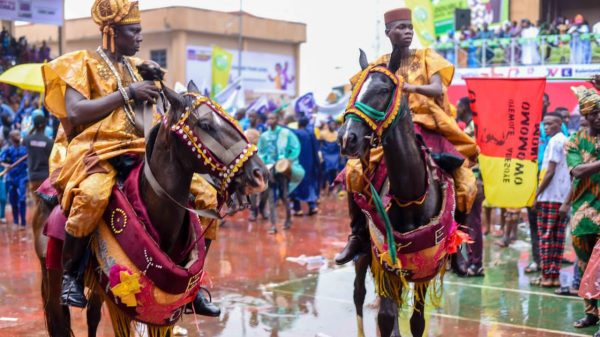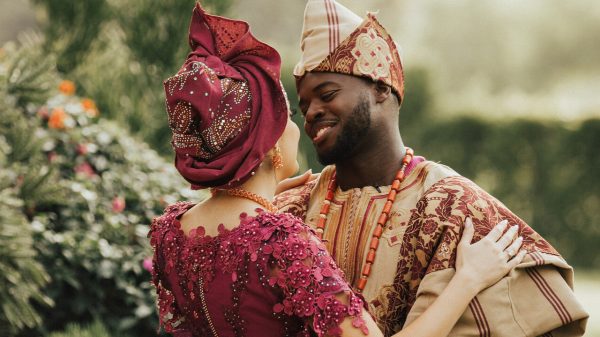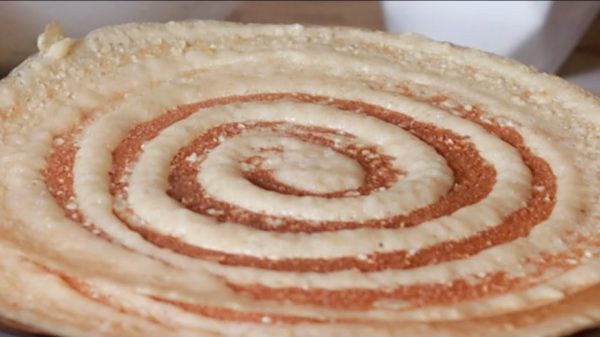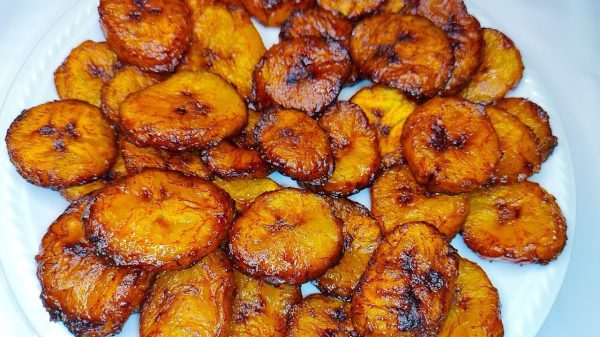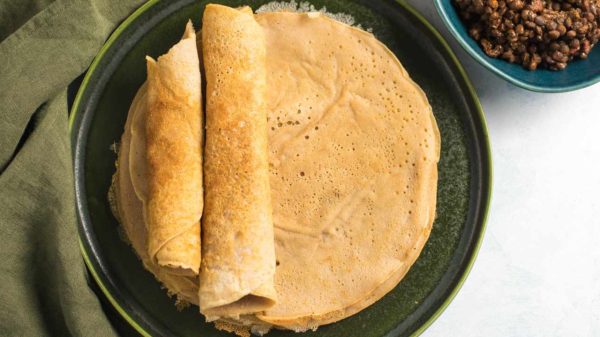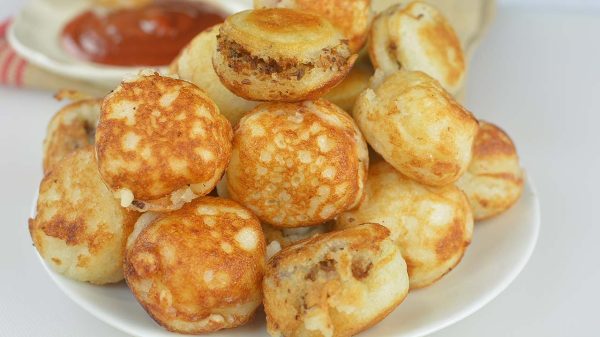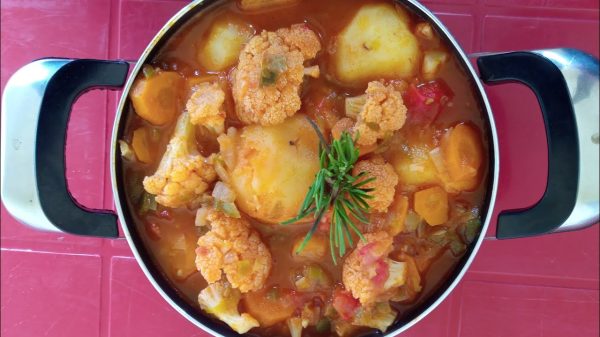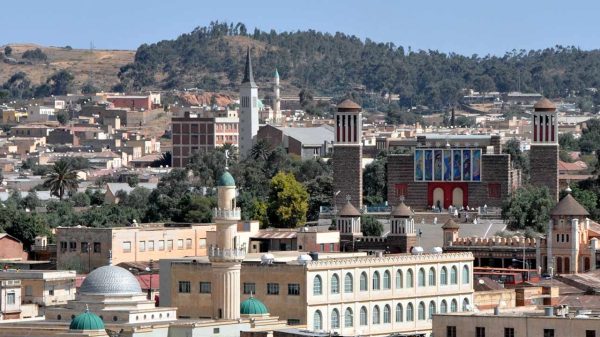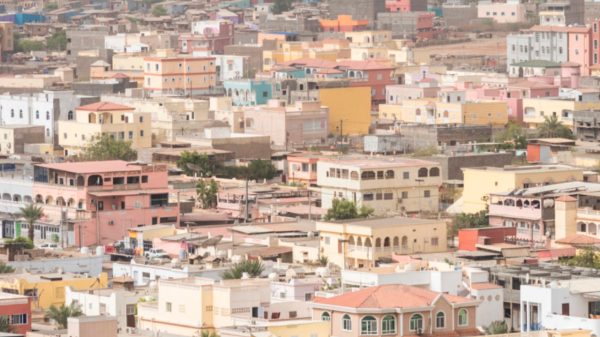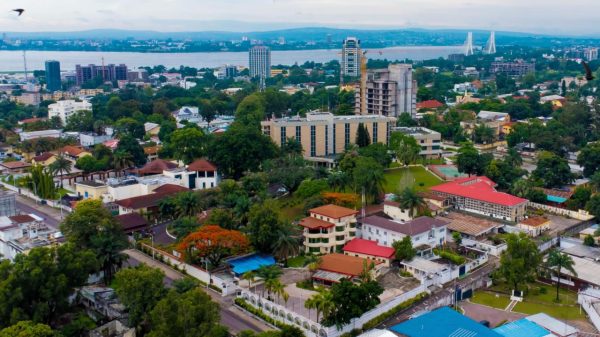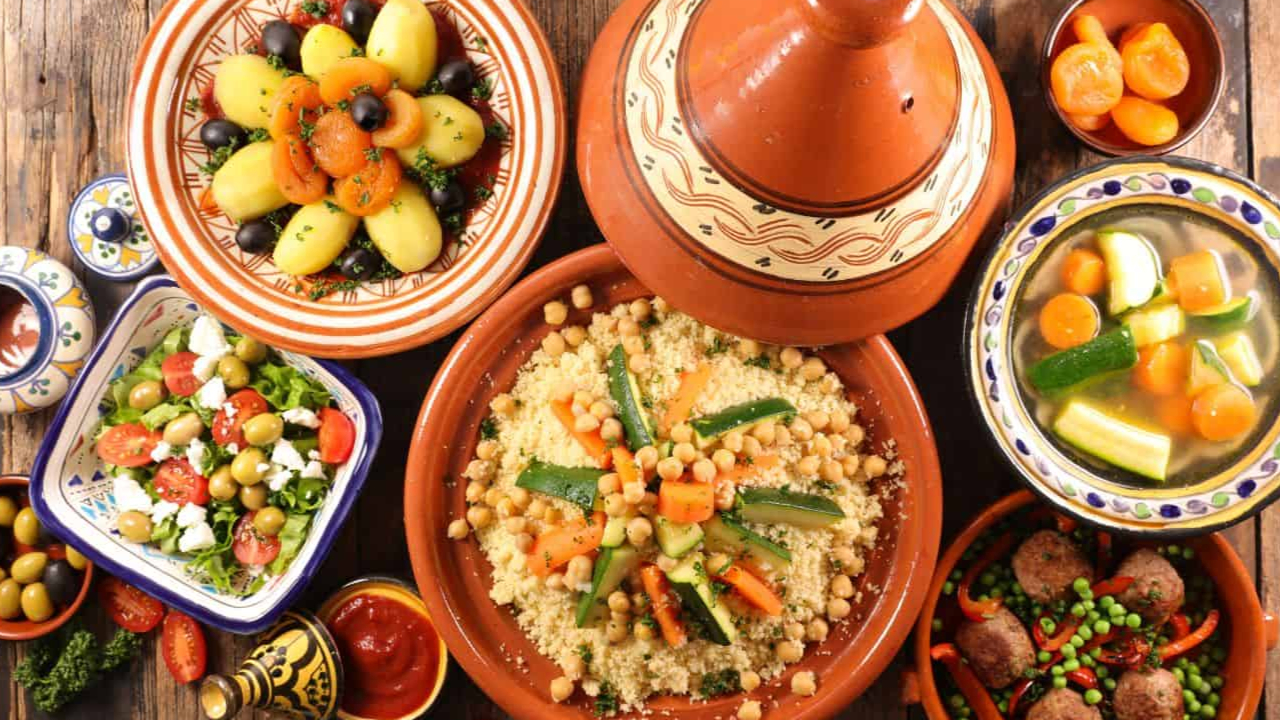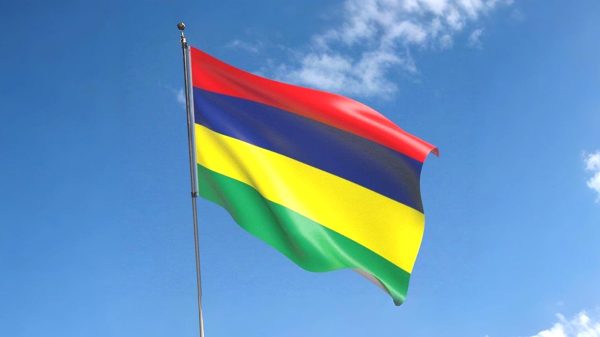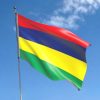Moroccan cuisine is a vibrant fusion of Berber, Arab, Andalusian, Mediterranean, and sub-Saharan influences, reflecting the country’s rich cultural heritage.
This culinary tradition is renowned for its bold flavors, aromatic spices, and communal dining practices that emphasize hospitality and togetherness. Staple ingredients like couscous, olives, preserved lemons, and a variety of meats and vegetables are artfully combined with spices such as cumin, saffron, and the complex blend known as ras el hanout.
Dishes like tagine, pastilla, and harira showcase the diversity and depth of Moroccan cooking. Meals often begin with an array of salads, followed by hearty main courses, and conclude with sweet pastries and mint tea, symbolizing warmth and generosity. Whether enjoyed in a bustling souk or a family home, Moroccan food offers an immersive experience that tells the story of its people’s history, geography, and traditions through every flavorful bite.
1. Tagine
Tagine is both a traditional Moroccan cooking vessel and the flavorful stew prepared within it. The conical shape of the tagine pot allows steam to circulate, resulting in tender meats and vegetables infused with aromatic spices. Common ingredients include lamb, chicken, or beef, combined with a medley of vegetables, dried fruits like apricots or prunes, and spices such as cumin, cinnamon, and saffron. Variations of tagine include mqualli (with olive oil, turmeric, ginger, and saffron), mhammer (butter, paprika, cumin), and mchermel (with herby, garlicky chermoula). The dish is typically served with flatbreads or couscous, making it a staple in their cultural hospitality.
2. Couscous
Couscous, Morocco’s national dish, consists of steamed semolina grains traditionally served with a hearty stew of meat and vegetables. Often prepared for Friday family gatherings, the dish symbolizes unity and abundance. The fluffy grains absorb the rich flavors of the accompanying broth, creating a comforting and satisfying meal that reflects the communal spirit of their cultural dining.
3. Harira
Harira is a traditional soup made with tomatoes, lentils, chickpeas, and a blend of herbs and spices. Commonly consumed during Ramadan to break the fast, this hearty soup is both nourishing and flavorful. Often accompanied by dates or chebakia (sweet sesame cookies), harira holds a special place in their cultural culinary traditions.
4. Pastilla
Pastilla, also known as bastilla, is a savory-sweet pie that showcases Morocco’s culinary ingenuity. Traditionally made with pigeon or chicken, the meat is spiced and layered with almonds and eggs, all encased in thin, flaky pastry. Topped with powdered sugar and cinnamon, pastilla is often served at weddings and festive occasions, embodying the fusion of flavors that define Moroccan cuisine.
5. Rfissa
Rfissa is a comforting dish featuring shredded msemen (a type of Moroccan flatbread) layered with lentils and chicken, all infused with a fragrant fenugreek-based sauce. Traditionally served to new mothers, rfissa is a symbol of nourishment and care, reflecting the deep-rooted customs of Moroccan family life.
6. Zaalouk
Zaalouk is a popular Moroccan side dish made from roasted eggplants and tomatoes, seasoned with garlic, paprika, cumin, and olive oil. This smoky, flavorful salad is typically served as a dip or appetizer, accompanied by fresh bread. Its simplicity and depth of flavor make it a staple in Moroccan households.
7. Mechoui
Mechoui is a traditional Moroccan dish consisting of whole lamb slow-roasted to tender perfection. Seasoned with a blend of spices like cumin and coriander, the meat is often cooked in a clay oven or over an open fire. Served at communal gatherings and special occasions, mechoui exemplifies the celebratory aspects of Moroccan cuisine.
8. Khobz
Khobz is a round, crusty Moroccan bread that accompanies nearly every meal. Baked in communal ovens, its chewy interior and crisp crust make it ideal for scooping up stews, dips, and salads. Khobz is more than just bread; it’s an essential utensil in Moroccan dining culture.
9. Moroccan Mint Tea
Moroccan mint tea, often referred to as “Moroccan whiskey,” is a sweetened green tea infused with fresh mint leaves. Served throughout the day, it’s a symbol of hospitality and friendship. The ritual of pouring the tea from a height into small glasses is as much about aesthetics as it is about aerating the beverage for optimal flavor.
10. Chebakia
Chebakia is a traditional Moroccan pastry made by folding dough into intricate shapes, frying it until golden, and then soaking it in honey and sprinkling with sesame seeds. Commonly prepared during Ramadan, these sweet treats are enjoyed alongside harira, adding a delightful contrast to the savory soup.
Subscribe to our Newsletter
Stay updated with the latest trends in African Pop Culture!



